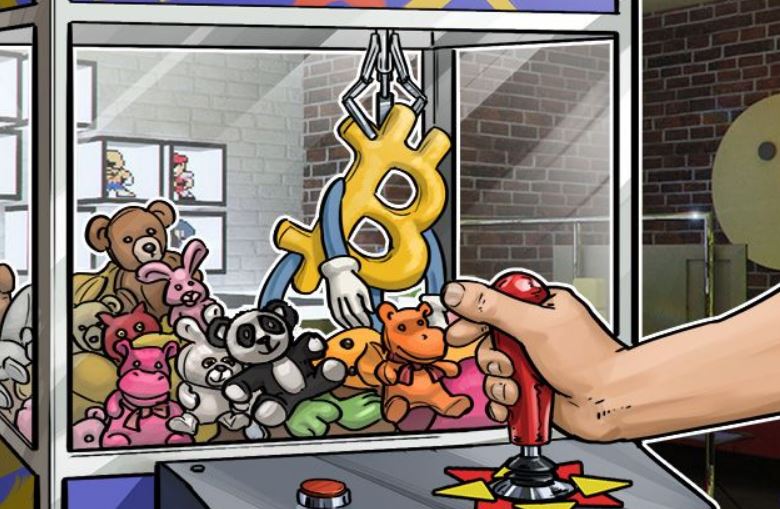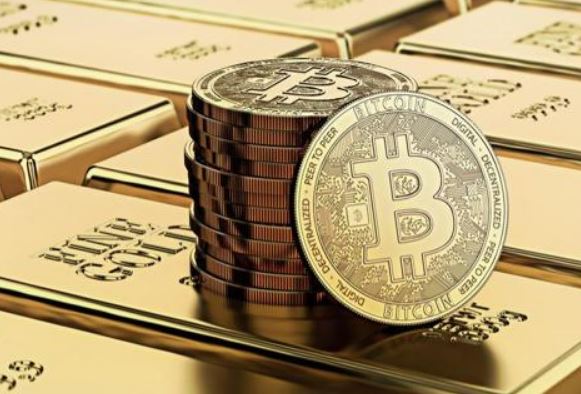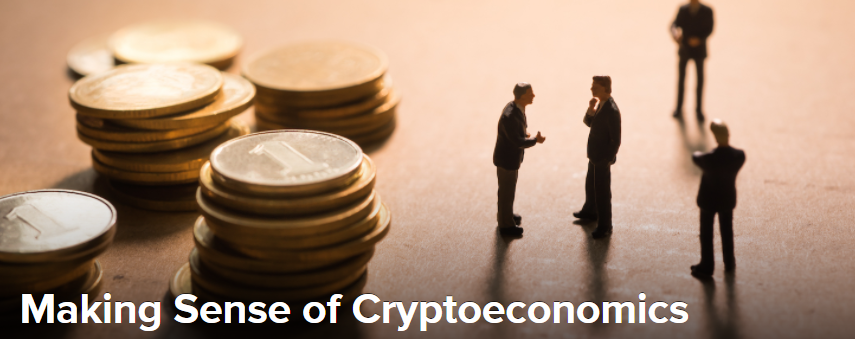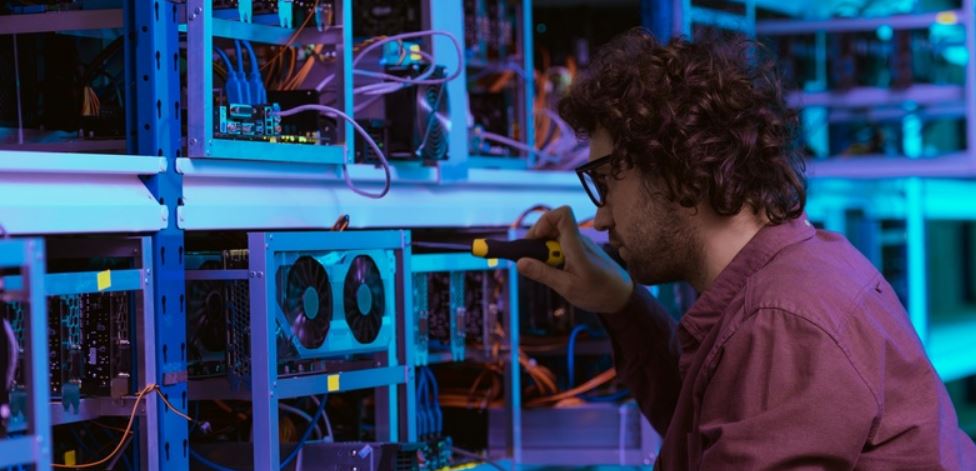Finding a Price: Why is Bitcoin Worth What it is?

Bitcoin price, as any investor knows, can move in the blink of an eye. It can go from $20,000 to the half of it in a few weeks, and Bitcoin is on a constant rollercoaster of price discovery.
This leaves many asking what determines the price of this digital currency, especially for an intangible asset that exists only on the Internet. The cryptomarket, and the Bitcoin one, in particular, is a trading hive, and as such, it is this buzz of traders who ultimately move Bitcoin price up or down. Nothing new, frankly, but it is interesting to note that, as a decentralized asset, it truly is all up to the people to determine the price.
Discovering that price
With Bitcoin being traded back and forth all the time on crypto exchanges, the price is in a constant state of flux that these exchanges are currently trying to put their finger on.
An exchange engages with its users as a brokerage and thus, when one buys on an exchange, the individual is reaching an agreement with the exchange, and it is usually agreed upon in reference to the last trade that was made – this leads to price discovery.
Adam White, the general manager of GDAX, says:
“When people say, ‘What’s the price of Bitcoin trading? Or the price of Ether?’ It’s not any company that sets it. That price is discovered on open exchanges through individuals and institutions trading with one other.”
Fear the fear
These general economic principles will help in finding the price and determining the supply and demand, but what is unique in the cryptocurrency ecosystem is the effect of opinions and news. The anagram FUD has become synonymous with a falling Bitcoin price, and it does play a role.
With such a volatile and twitchy market, it is unsurprising that investors in this hitherto untested asset are quick to pull the trigger and get out. Thus, when fear, uncertainty and doubt starts flooding the media, the price usually takes a dive.
This was highlighted in the recent South Korea fiasco where fake news led to FUD, which led to a market drop. The confusion about a potential ban caused a massive sell off and thus affected the price.
Buy the rumor, sell the news
On the flip side, another unique way in which Bitcoin price rises is by a strange phenomenon of buying the rumor and selling the news. This happens when there are rumors of positive changes coming to the Bitcoin ecosystem which see people try and get prepared and ready for a price jump, buying more coins.
However, this buying sends the price up in normal supply and demand circumstances and can lead to big rallies. Such was seen in the build-up to the futures release by CME and CBOE.
The Bitcoin price rose steadily as the early December dates approached, but as the futures launched, there was hardly any movement afterwards, in fact, there was a downturn. This was people selling the news – the launch of futures – cashing out on the run up.
Good old supply and demand
Of course, anyone with a bit of economic knowledge will know that price is determined by supply and demand, regardless of the asset. This will give a good indication that people are willing to pay in order to achieve the asset. It is also why prices vary over exchanges, as well as on aggregators sites, such as Cointelegraph where the price is an average over multiple exchanges.
On some exchanges, the price may be higher as the demand is higher, and that last trade will be higher as people’s desperation to get in on a smaller supply sees them push their limits in terms of a price they are willing to accept.
“Bitcoin exchanges are managing an order book,” says Christian Catalini, an assistant professor of technological innovation at the MIT Sloan School of Management. That’s basically “a list of people, at any point in time, willing to buy or sell at different prices.”
“What they do is, they match demand and supply. And that process of matching the two sides of the market is what leads to the price discovery.”
What about today’s price?
According to Catalini, it is because of the hype and excitement around the cryptomarket through the end of last year, a correction was bound to happen. He concluded.
“The space was ripe for a correction after the craziness of the end of 2017.”
Bitcoin continues to slide, now into February, and it seems to be borne on the back of a lot of negative press – some real, and some less than convincing.
As several countries, notably China and South Korea, target a crackdown, Neil Wilson, analyst for ETX Capital, said:
“Explaining moves in Bitcoin is always tricky but this plunge … may well be a result of recent signs that regulatory pressures are building.”
The Korean crackdown was a paper tiger and debunked by the countries highest authority, but bad news leaves its mark on such a speculative market.
Regardless, today’s price proves that negative press has a big role to play in the way the market moves. And the flipside of that is so does positive news.











Responses